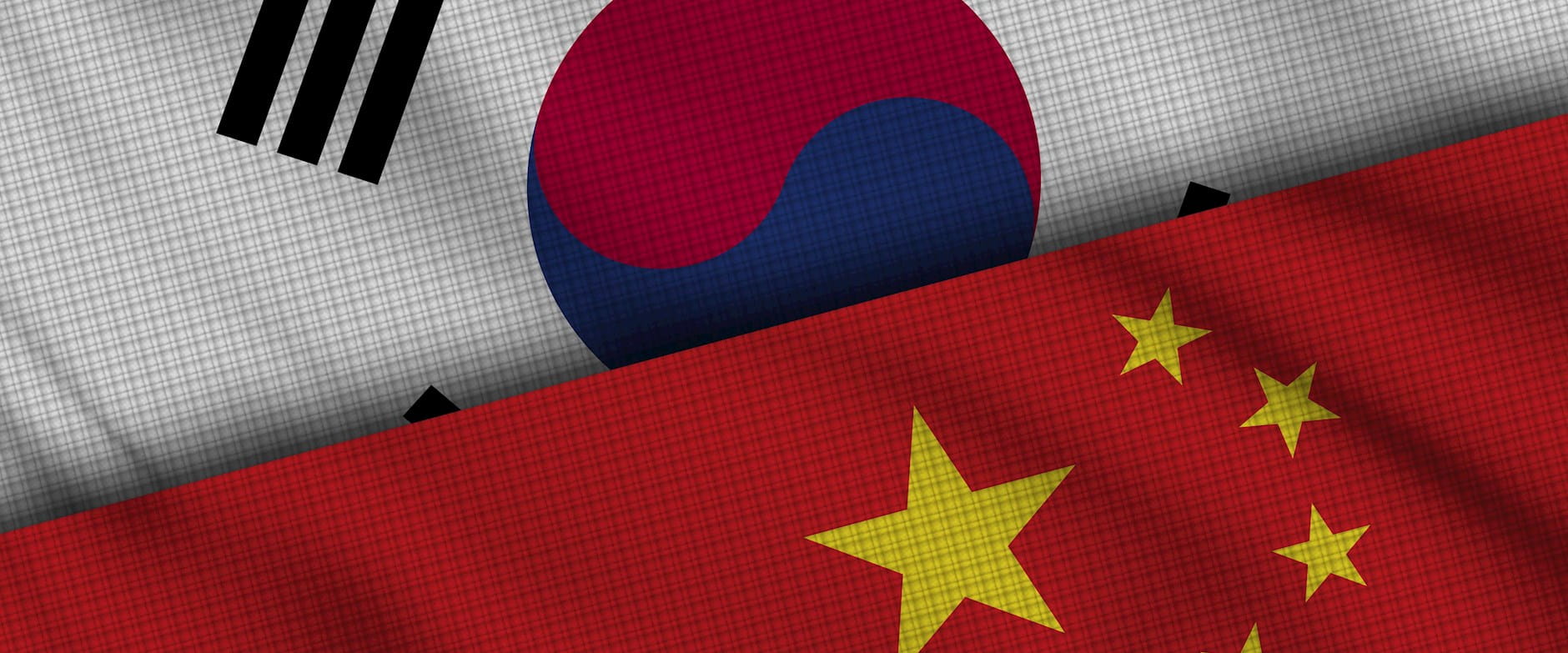Alarm bells are sounding for two of the world’s most dynamic economies, China and South Korea, according to Chicago Booth’s Amir Sufi.
As their economies boomed over the past seven years, the two countries posted the biggest global rise in the ratio of household debt to GDP, Sufi writes. In an analysis based on his previous research with Princeton’s Atif Mian and MIT’s Emil Verner, Sufi finds that China and South Korea now may face a contraction—which could be mitigated by account surpluses and government action.
“A rise in household debt in the medium run produces a boom-bust pattern in economic activity, and the subsequent downturn after a large rise in household debt can be especially painful,” he writes. Sufi and Mian find this pattern in advanced economies from 1967 to 2012 and subsequently in developing economies such as Brazil.
The researchers call it the “credit-driven household demand channel.” It’s the idea that expansions in household credit have outsize impacts on an economy. Looser credit fuels household demand; households use credit to increase spending; and industries ranging from homebuilding to retail expand hiring and production. But when the credit dries up, consumers stop spending, and a downturn inevitably follows.
This idea had particular resonance in the decade after the global recession. Now, Sufi writes, the dynamic is playing out again, this time in Asia. China is the largest economy there, and South Korea, the fourth largest. Any downturn for them would ripple out across the continent and around the world, he says.
From 2015 to 2021, household debt as a percentage of GDP in the two countries rose about 23 percentage points, almost four times the global average, according to the study. That’s comparable to the credit booms in the United States and the United Kingdom from 2001 to 2007, just before the subprime debt-driven global financial crisis.
While there are big differences between now and then, Sufi acknowledges, he argues that there are still reasons to worry.
A surge in consumer borrowing
In China, for example, banks are heavily exposed to the real-estate market. Roughly a quarter of assets held by banks are backed by property, Sufi observes. Municipal governments have piled on debt to invest in public infrastructure projects, and while defaults may be limited by the central government, any slow in spending will hurt the economy.
Real estate accounts for most of Chinese household wealth, linking consumer sentiment closely to the health of the housing market. Consumer spending is extremely sensitive to indebtedness.
“Households that borrow more in a given year typically see a reduction in consumption in the subsequent years, and this same relationship holds for regional areas that borrow more in a given year,” Sufi writes. “This is a worrisome pattern given the large rise in the household debt to income ratio across households.”
In South Korea, the bigger concern is a surge in interest rates: they almost tripled in a year and a half, from 1.25 percent in April 2022 to 3.5 percent in August 2023. More than 80 percent of household mortgages have floating rates, so higher borrowing costs are an ominous sign for consumer spending.
The final concern for both countries is the likelihood of slowing global growth. China and South Korea rely on exports, which will have to pick up the slack if domestic consumption and residential investment weaken.
Yet there are mitigating factors, Sufi suggests. Even if we assume slower growth ahead, global indebtedness is much lower now than it was on the eve of the 2008–09 financial crisis.
In addition, China and South Korea have maintained current account surpluses—more exports than imports—through the recent debt cycle. Countries with positive current accounts typically have less severe downturns following a boom.
Finally, both governments are ready and able to manage financial stress, Sufi observes. “In China, for example, all indications are that the government is willing to go to extreme lengths to prevent a major financial crisis from erupting,” he writes, noting that the same is true for policy makers in Korea, who “also garnered a strong response to the threat of a financial crisis in the latter half of 2022.”
Both countries bear watching, Sufi concludes, even if early indications are that the coming downturns won’t be as severe as past episodes.
- Atif Mian, Amir Sufi, and Emil Verner, “Household Debt and Business Cycles Worldwide,” Quarterly Journal of Economics, November 2017.
- Amir Sufi, “Housing, Household Debt, and the Business Cycle: An Application to China and Korea,” Working paper, September 2023.
Your Privacy
We want to demonstrate our commitment to your privacy. Please review Chicago Booth's privacy notice, which provides information explaining how and why we collect particular information when you visit our website.
